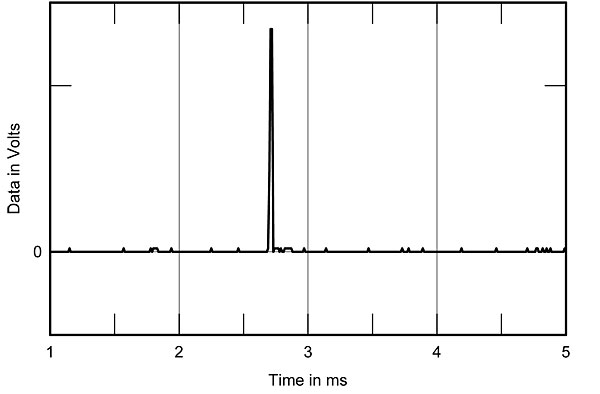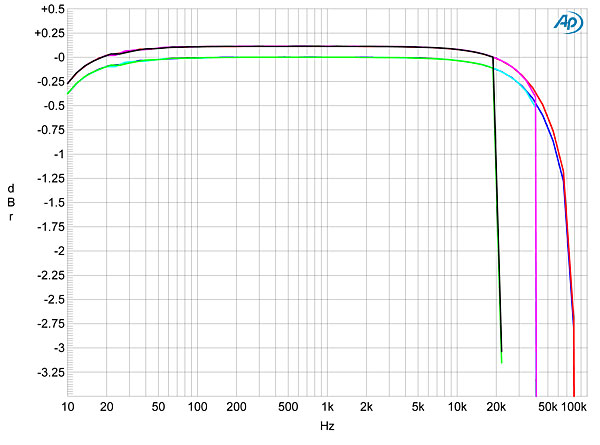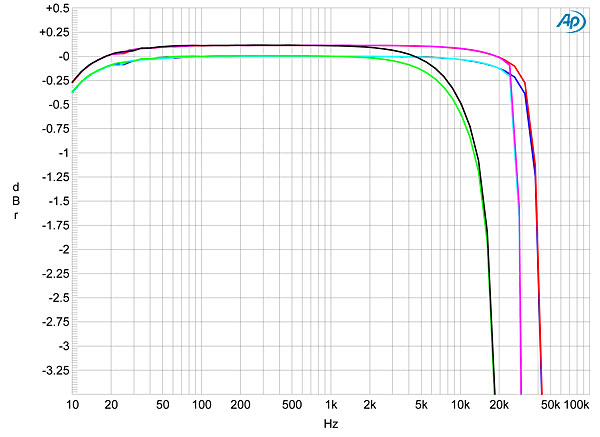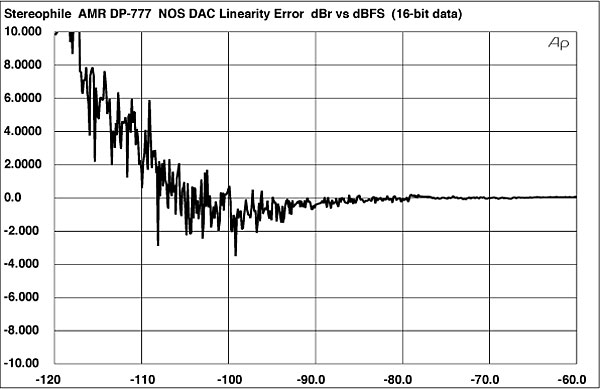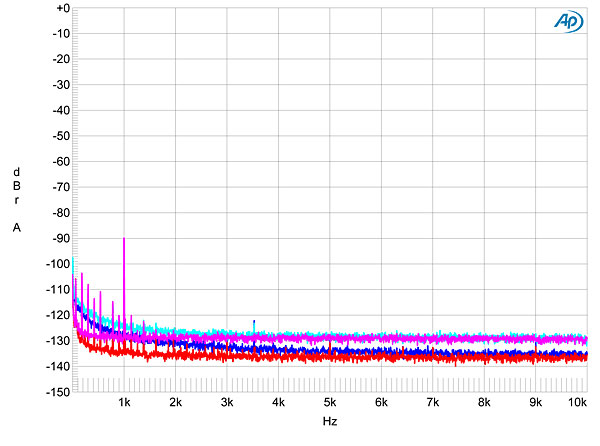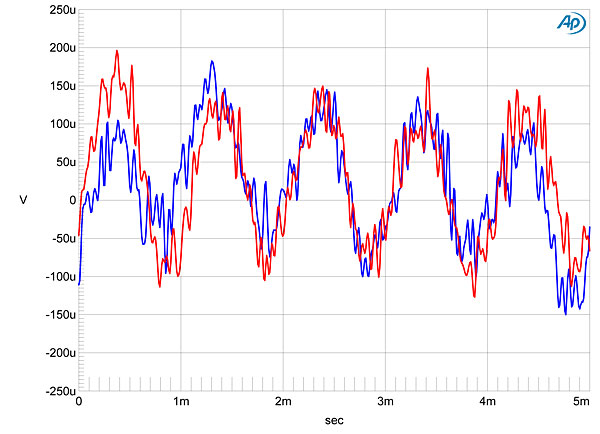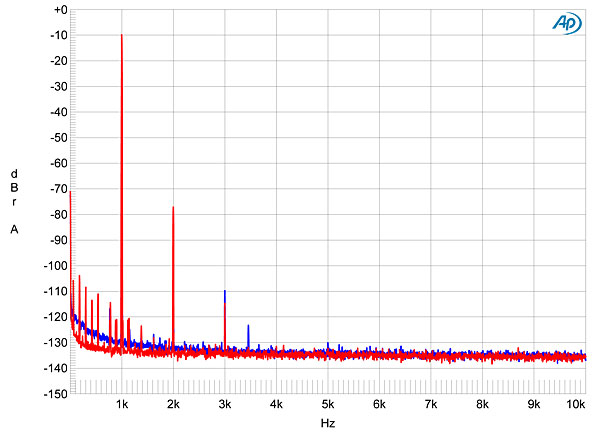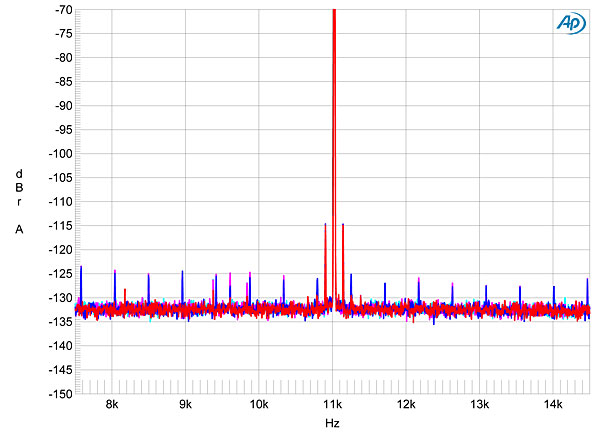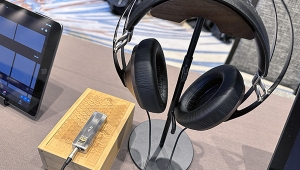| Columns Retired Columns & Blogs |
Here we go again; a DAC that leaves the reviewer gushing with praise juxtaposed with a so-so bench report from JA. Sometimes I see the dichotomy and suspect the reviewer is the culprit and sometimes I suspect the measurements simply fail to measure what is truly important. When it comes to listening impressions, I have faith in Art. It is obvious from the description of the design that some very solid engineering went into this product coupled with much attention to the all-important analogue output stage. The "problem" with reconciling listening impressions with measurements of DACs is that JA can't really measure the effectiveness/quality of the output stage. Put differently, a DAC can have the very best chips and good power supply regulation and measure just dandy and yet still leave the listener on edge. I am not in the biz and I am not an engineer. But that said, I (think I) know that with high-end DACs, you just have to listen. I would love to hear what folks who either own this DAC or who have auditioned this DAC think.

